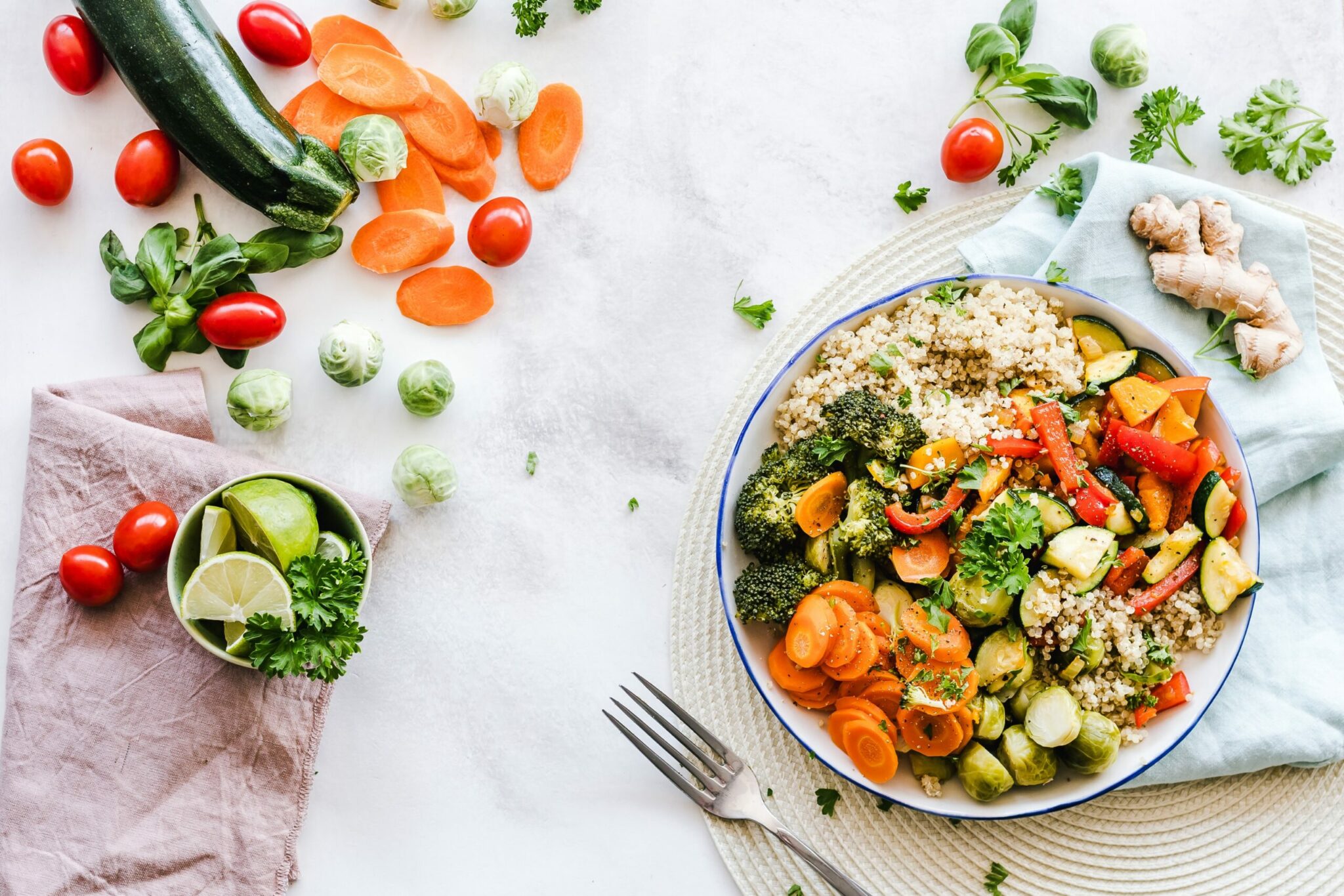Updated on October 16th, 2022
We all understand the importance of a balanced diet. Moreover, a diabetes diet is really a healthy meal plan that will aid in blood sugar regulation.
See a reasonable guide on how to plan your meals and count your carbs. Let’s get you started.
Features
A diabetes diet is a nourishing, low-fat, low-calorie eating plan that entails enjoying the finest meals in moderation and adhering to a planned meal schedule.
Fruits, vegetables, and whole grains are vital ingredients for a source of nutrients in this diet plan. This is an employable meal plan chart for diabetes patients. Although, a diabetes diet is the finest eating plan – in essence -for the vast majority of people.
Nevertheless, it is still required that you consult with your doctor, preferably a nutritionist, before moving on with this diet plan.
Benefits of this Diet
A diabetes diet is naturally rich in nutrients.
This plan chart supports you with blood sugar control, weight management, and the control of heart disease risk concerns such as high blood pressure and high blood fats.
Unfortunately, your body produces an unfavorable spike in blood glucose when you consume too many calories and fat. This is also a major reason you need a diabetic meal plan chart.
Your best bet at keeping your blood glucose under control and avoiding diabetic issues is to stick to this meal plan chart. Plus, you can also adapt it to your individual goals if you looking to shed some weight.
Moreover, a diabetes diet not only helps you manage your diabetes, but it also has other advantages.
Following a diabetic diet, which includes plenty of fruits, vegetables, and fiber, is likely to lower your risk of cardiovascular disease and certain cancers. Furthermore, eating low-fat dairy products can lower your risk of developing low bone mass in the future.
Meal Plan

Day 1
Breakfast (366 calories)
Morning Snack (200 calories)
- Shelled edamame
Lunch (348 calories)
Afternoon Snack (247 calories)
- Keto Peanuts
Dinner (372 calories)
- Protein Pancakes and Nut Butter
Evening Snack (80 calories)
- Fruits and vegetables
Total calories: 1413
Day 2
Breakfast (357 calories)
- Vegan Tofu Scramble
Morning Snack (248 calories)
- Greek Yogurts and Almonds
Lunch (400 calories)
- Salmon and Lemon Butter
Afternoon Snack (80 calories)
- Vegetables
Dinner (348 calories)
- Turkey Chili
Total calories: 1433
Day 3
Breakfast (353 calories)
- Cauliflower Oatmeal
Morning Snack (250 calories)
- Cheese Parfait with Berries
Lunch (382 calories)
- Cooked Quinoa and Baked Chicken Tenders
Afternoon Snack (114 calories)
- Apples and Nut Butter
Dinner (375 calories)
- Cauliflower Mash and Rosemary Chicken
Evening Snack (80 calories)
- Vegetables and Fruits
Total calories: 1554
Day 4
Breakfast (401 calories)
- Quinche
Morning Snack (80 calories)
- Vegetables and Fruits
Lunch (352 calories)
Afternoon Snack (120 calories)
- Shelled edamame
Dinner (405 calories)
Evening Snack (248 calories)
- Greek yogurts and almonds
Total calories: 1606 calories
Day 5
Breakfast (300 calories)
- Cheese Pancakes and Nut Butter
Morning Snack (80 calories)
- Fruits and Vegetables
Lunch (357 calories)
- Vegan Tofu Scramble
Afternoon Snack (200 calories)
- Shelled edamame
Dinner (382 calories)
- Chicken Tenders
Night Snack (200 calories)
Total calories: 1519
Day 6
Breakfast (352 calories)
- Egg Muffins
Morning Snack (200 calories)
- Hummus
Lunch (375 calories)
Afternoon Snack (80 calories)
- Fruits
Dinner (201 calories)
- Chia Seed Pudding
Night Snack (155 calories)
- Apples and Nut Butter
Total calories: 1323
Day 7
Breakfast (400 calories)
- Salmon with Lemon Butter
Morning Snack (248 calories)
- Greek yogurts and Almonds
Lunch (345 calories)
- Chia Seed Pudding
Afternoon Snack (80 calories)
- Vegetables and Fruits
Dinner (348 calories)
Total calories:1421
Extra Tips
- Since all carbs influence blood glucose levels, it’s critical to understand which foods include carbohydrates. Choose carbohydrate-rich foods that are low in fat and sodium, and keep track of your serving proportions.
- If you’re reducing your carb intake, you may find yourself eating larger servings of meat to keep you satisfied. It is not recommended to eat red and processed meats such as ham, bacon, sausages, beef, and lamb – all of these have been linked to heart disease and cancer. Try substituting these foods for red and processed meat: beans, lentils, eggs, fish, chicken, and turkey.
- I understand that avoiding the substitude of sugar in your diet might be difficult at first, so simple practical swaps are a smart place to begin while attempting to reduce sugar consumption. Replacing sugary beverages and energy drinks for water, plain milk, tea or coffee will do great.
- Fruit juices also have additional sugar, so opt for whole fruit instead. I will also recommend that you consume it in small portions throughout the day rather than all at once.
- You can consider yogurts, fruits, and vegetables as a treat if you want some snacks. But you should still keep an eye on your portions.
Shopping List
Meat and Fish
Fruits
Grain and Grain Products
- Oatmeals
Vegetables and Legumes
- Red Onions
- Cauliflower
- Bell peppers
- Hummus
- Baby carrots
- Lettuce
- Cucumbers
- Leeks
- Spinach
- Broccoli
- White beans
- Peas
- Quinoa
- Avocado
- Asparagus
- Zucchini
Milk and Dairy
- Reduced-fat cheese
- Full-fat Greek yogurt
- Non-fat Greek yogurt
- Milk
- Nut butter
- Lemon butter
Others
- Red pepper flakes
- Low-Fat Mayo
- Mustard
- Eggs
- Black pepper
- Italian seasoning
- Curry powder
- Chili powder
- Nutmeg
- Vegetable broth, reduced-sodium
- Onion powder
Conclusion
Consulting with your doctor and dietitian to establish an eating plan that works for you is critical, especially if you have diabetes. To control your blood glucose level – eat healthy foods, consider portion/servings management, and stick to a schedule. If you deviate from your advised diet, you may risk having your blood sugar levels fluctuate and developing more serious issues.
